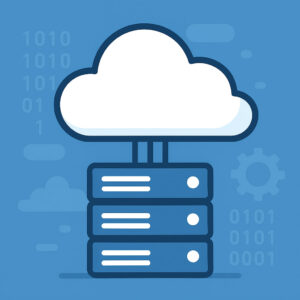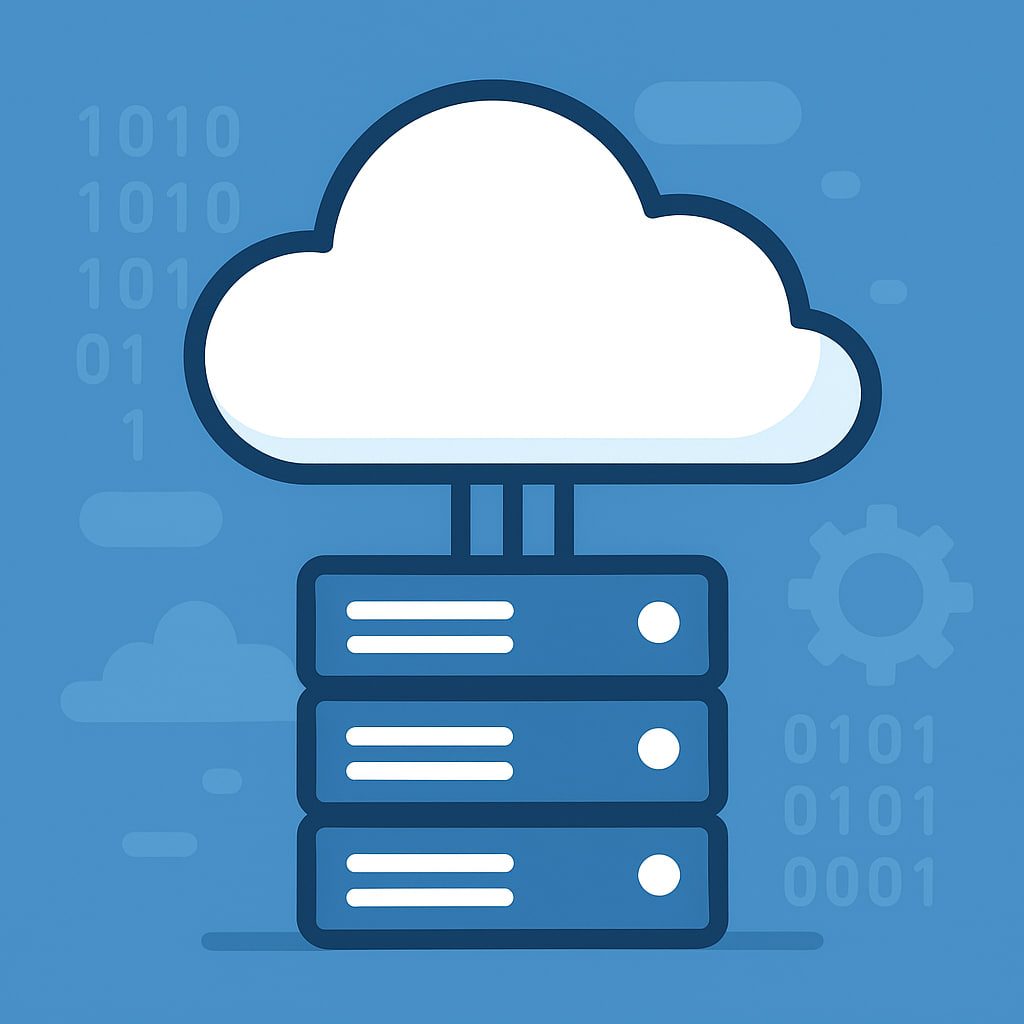Why Cloud Native Matters in Tech Today

Modern software demands flexibility, resilience, and speed. In this environment, “cloud native” has become more than a buzzword — it’s a blueprint for building applications that thrive in complexity. This article dives deep into what cloud native means in 2025, why it matters, real‑world examples, challenges, and practical advice for teams ready to adopt it.
Introduction: A Shift in Architecture Thinking
Software development used to center around monoliths running on fixed servers. Today’s world is different: distributed systems, microservices, containers, and continuous delivery define progress. Cloud native is the mindset and architecture style that aligns with this evolution — putting agility, scalability, and resilience at the heart of how applications are built and operated.
What Does “Cloud Native” Actually Mean?
Definition and Core Principles
At its core, cloud native refers to designing, building, and running applications to fully exploit cloud environments. That includes microservices, containers, dynamic orchestration, and infrastructure as code. The application is built to expect change — in scale, load, and environment.
Key Characteristics
- Microservices & Modular Design: Small, independent services doing one job well.
- Containerization: Encapsulation of service code and dependencies (e.g. Docker).
- Dynamic Orchestration & Scaling: Tools like Kubernetes manage deployment, scaling, and health.
- Infrastructure as Code (IaC): Environments defined in versioned code.
- Observability & Self‑Healing: Logging, monitoring, alerts, automated recovery.
Why Cloud Native Matters Now
Rapid Innovation Cycles
In 2025, time to market can make or break a product. Cloud native architecture supports continuous delivery and deployment, enabling teams to ship updates many times per day without fear. The faster updates land, the quicker feedback loops become.
Scalability in Real Time
Traffic surges, seasonal demand, unexpected virality — cloud native systems scale up and down automatically. This elasticity ensures performance while optimizing cost. Resources expand when needed and contract when idle.
Resilience, Fault Tolerance, and Recovery
Failures happen. In a cloud native setup, services fail gracefully rather than catastrophically. Self‑healing mechanisms (auto‑restart, rollback) and redundancy make systems more robust against outages.
Real-World Use Cases
Streamlined E‑Commerce Platforms
Imagine an online store on Black Friday. Order processing, inventory, user sessions — each can scale independently. When one microservice slows, it doesn’t bring down the whole system. Such modularity offers smoother user experience.
Streaming and Media Services
Streaming platforms often serve millions of concurrent users. Cloud native infrastructure ensures video encoding, delivery, analytics, and user sessions all scale independently and respond to dynamic demand.
IoT and Edge Integrations
Many IoT systems now have hybrid architectures: devices, edge nodes, and cloud services. Cloud native backends coordinate updates, aggregates data, and run analytics while edge nodes handle real‑time processing locally.
How to Transition Toward Cloud Native
Assess the Current Monolith
Start by breaking down a monolithic application into well-defined domains and services. Pick a noncritical domain to refactor first. This limits risk while building confidence.
Adopt Containers and Orchestrators
Pack each microservice into a container. Use Kubernetes or similar tools to deploy, scale, and manage them. Automate deployment pipelines for consistency.
Implement Infrastructure as Code
Use tools like Terraform or CloudFormation to version your infrastructure. When infrastructure is in code, changes are auditable, reproducible, and safer.
Build Observability from Day One
Don’t wait until things break. Add metrics, logging, tracing, and alerts during the initial design. Visibility into internals ensures issues are caught early.
Challenges and Pitfalls to Watch For
Increased Complexity
Microservices, networking, orchestration, and many moving parts raise complexity. This demands experienced engineers, robust tooling, and strong operational discipline.
Data Consistency and Distributed Transactions
When data is spread across services, maintaining consistency becomes tricky. Eventual consistency, saga patterns, or compensating actions may help, but they require careful design.
Cost Overruns if Mismanaged
Scalability without control can lead to runaway costs. Without limits, services may scale too aggressively. Monitoring consumption and applying quotas are essential.
Security Across Many Boundaries
With multiple services and interfaces, the attack surface expands. Secure APIs, strong identity, encryption, and zero‑trust design become nonnegotiable.
Best Practices for Cloud Native Success
Start Small, Scale Gradually
Begin with one service or function. Prove success before refactoring everything. This builds internal confidence and demonstrates measurable value.
Use Service Contracts and API Versioning
Define clear interfaces between microservices, version them, and avoid backward-breaking changes. This ensures services evolve without disruption.
Automate Everything
CI/CD pipelines, automated testing, auto‑scaling rules, health checks — automation reduces human error and accelerates delivery.
Design for Failure
Assume things break. Build fallback paths, circuit breakers, retries, timeouts, and graceful degradation. Systems should degrade gracefully, not catastrophically.
Trends Shaping the Future of Cloud Native
Serverless and Function as a Service (FaaS)
Serverless computing pushes abstraction further—developers deploy functions without worrying about servers. In many architectures, cloud native systems invoke serverless components for event-driven tasks.
Service Mesh and Zero Trust Networking
Service meshes (e.g., Istio) provide traffic management, security, and observability between services. They help enforce zero-trust policies within distributed microservice networks.
Edge Native and Hybrid Clouds
As edge computing grows, cloud native practices expand outward: distributed cloud, hybrid cloud, and edge-native models converge. Applications will fluidly span device, edge, and cloud layers.
Conclusion: Cloud Native as the New Standard
Cloud native design is not just forward-looking — it’s the foundation for modern systems that need to scale, adapt, and recover without manual intervention. Moving toward cloud native requires thoughtful planning: pick an initial domain, containerize, build observability, automate, and enforce security at every layer. Though complexity increases, the rewards are agility, resilience, and future-readiness.
Which part of your tech stack could benefit most from being cloud native? Begin with a small proof of concept and iterate. The path forward is clearer when broken into steps.




